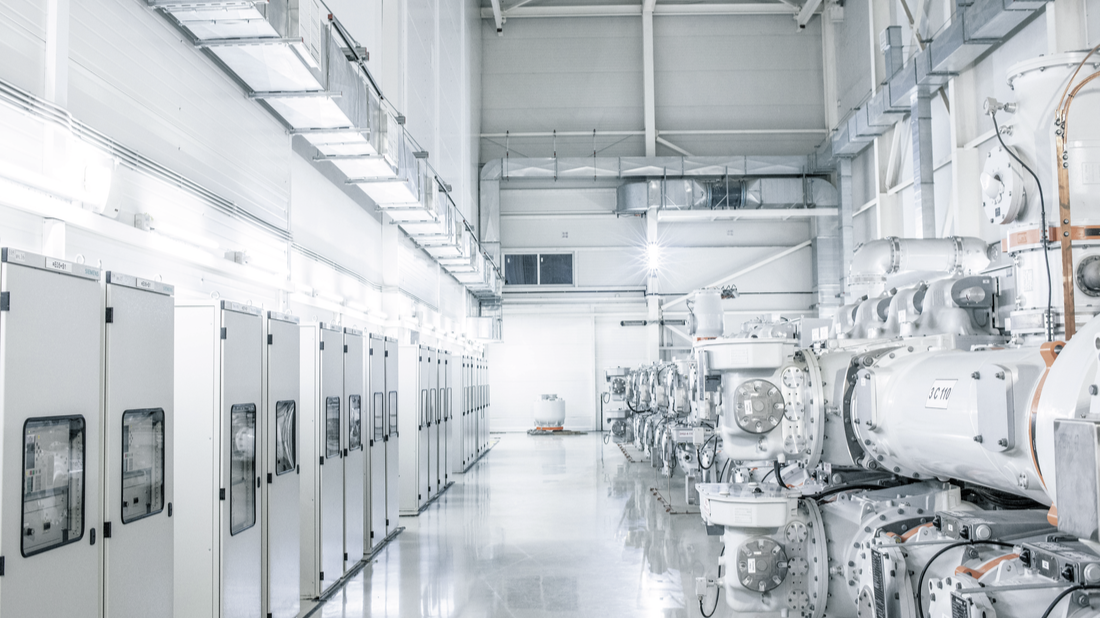6 Key points of Generator Negative sequence overcurrent protection
GENERATOR PROTECTION:
The protective elements are essential in providing proper protection for all components within a power system including generator. The Generator protection is very complex compared to other protective elements of the power system. Negative sequence overcurrent is also one of the primary generator protective element. The protective elements are essential in providing proper protection for all components within a power system including generator. The Generator protection is very complex compared to other protective elements of the power system. The 100 % Stator earth fault protection is one of the primary generator protective element.
NEGATIVE SEQUENCE OVERCURRENT PROTECTION:
Negative sequence currents are produced during system unbalance conditions such as fault or load unbalances, the most serious unbalanced condition is being an open phase.This protection can be achieved using a combination of fundamental frequency neutral overvoltage and third harmonic neutral under voltage. At a healthy three phase power system there is no (or) very little neutral voltage occurs, since all these phases are at 120 degree displacement to each other.
Rotor heating on generator due to negative sequence current is a well known phenomenon. Generators have very specific capability limits where unbalanced current is concerned.Once a ground fault occurs this balance gets upset and a neutral voltage is produced, the neutral overvoltage function responds to fundamental frequency voltage at generator neutral, it provides ground fault protection for approximately 95% of stator windings.
A generator should have a rating for both continuous and also short time operation when negative sequence current components are present. The manufacturer of a generator assigns a constant known as K to the generator depending on its size and design, the K constant represents the short time negative sequence capability of that generator, K is proportional to thermal capability of the generator rotor. Normally there are two stages of operation which is alarm and trip, since it is common that the system has been designed to withstand an overvoltage condition for a certain period of time following a ground fault.
Modern generator protection relays have a negative sequence overcurrent protection to protect the generator rotor from overheating caused by the negative sequence current. The pick up values are in the unit of negative sequence current and as a percent of generator rated full load current(positive sequence current). In such applications an alarm is generated as soon as fault is detected, this gives time for the system operators to locate and isolate the fault, the second stage of operation will issue a trip command if the fault condition persists.
Maximum time of negative sequence protection, which defines that any value of negative sequence current in excess of pick up value will be allowed to persist before a trip is issued. To detect fault in the last 5% of the generator winding, the third harmonic neutral under voltage is used.
Generators are normally able to withstand a certain level of continuous negative sequence stator current, the generator manufacturer will provide a continuous maximum negative sequence rating. The relay will mal-operates in case of incorrect phase CT wiring is done. The neutral under voltage element senses the collapse of the third harmonic voltage between neutral and ground when a fault close to generator neutral. The third harmonic under voltage element also have two stages of operation in most cases which is alarm and trip operation.


0 Comments